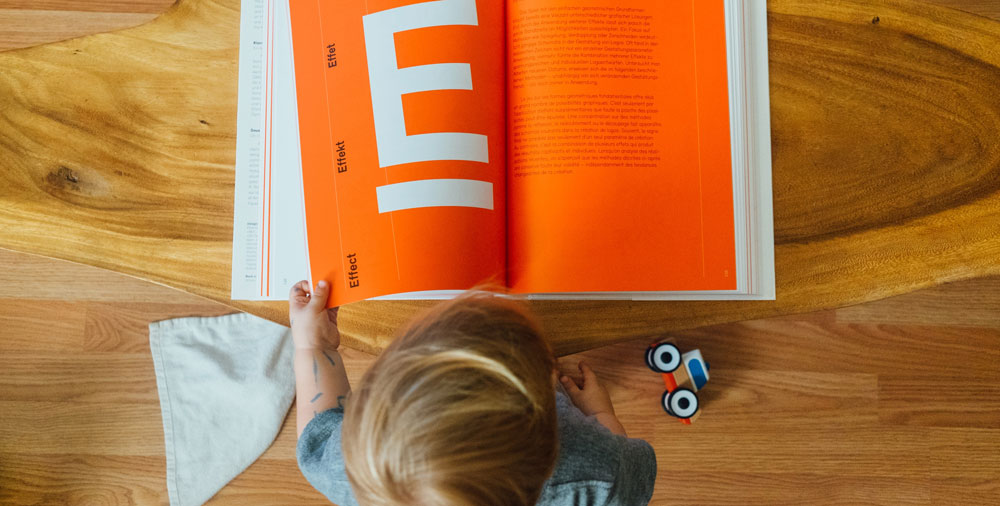Every student learns differently and there’s a good reason for that. There are actually 7 learning styles for students to adapt to their everyday education. This includes differences in how students understand information, recall information and store information, in addition to how they make decisions and use problem-solving abilities. While Visual learning is a common way to learn, the other 6 styles are:
- Aural (sound and music)
- Verbal (linguistic)
- Physical (using movement and hand jesters)
- Logical (mathematical)
- Social (group learning)
- Solitary (working alone and self-studying)
Now, if a student is more of a visual learner, it does not mean that they are not able to learn alone or in a group. Although, when students lean more towards one type of learning, it is important to utilize the tools and resources to support that type of learning, in comparison to other types. Before we get into that, we first must decifier what visual learning is, and while many children are drawn to it.
How To Know If Your Child Is A Visual Learner
Approximately, 80 percent of what we learn is through our vision. While many students may have an analytical mind, it is also likely that your child is a visual learner. If you’re searching for ways to understand how your child learns, observe their behaviour. Tidy habits and being organized links to being a visual learner. Other qualities, such as drawing and jotting notes down on a pen and paper are also qualities of visual learners. When teaching your child, if they are a visual learner, often you will notice that they need to see something to learn is correctly. If you notice these traits in your child, here is how you can best use study tips and techniques to accomidate their learning style.
How To Study With A Visual Learner
The typical lined paper may just not cut it most times. With a visual learner, it’s important that you allow a lot of room on the page for them to draw pictures or graphs beside each concept. Even drawing the concept out, in a form of a picture will help it resonate in their mind. In addition to learning from pictures, visual learners resonate with colours. Colour coordinating your notes with bright blue and yellow highlighters will ensure that your child envisions that material (even if it only is because of the colours) is essential to learning success. When in the classroom or in a study group, it is important that the student looks at the person teaching. Mind maps are an effective way to use colors, and map out concepts with headings and subheadings. Check out our last blog post for how to create a mind map!

